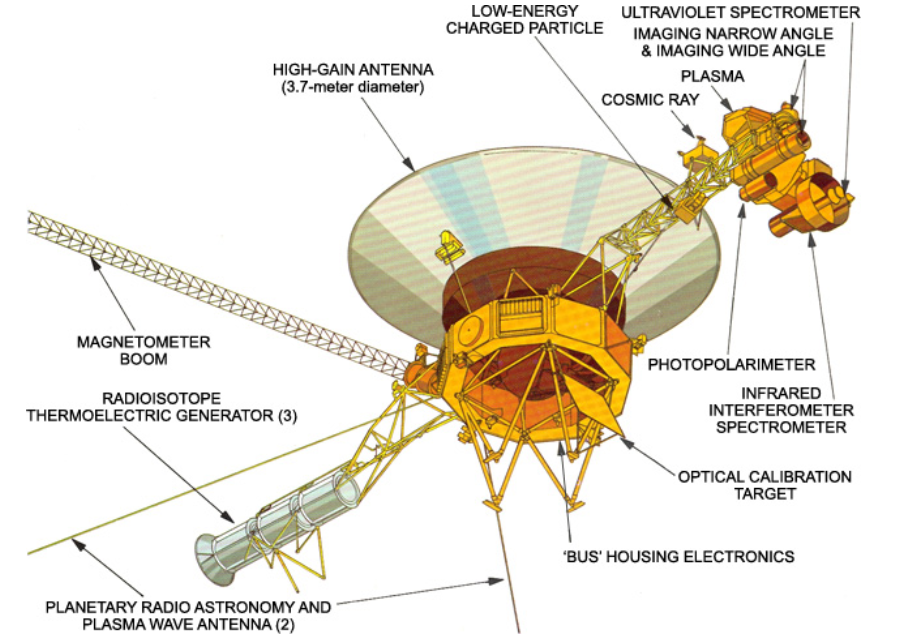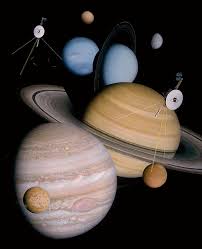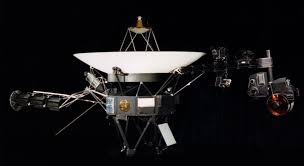
Voyager-1 and Voyager-2 are two spacecraft launched by NASA in 1977 as part of the Voyager program. voyager – 2 was first launched by NASA in August 1977 followed by voyager – 1 in September 1977. They were originally launched to study the outer planets of the solar system, including Jupiter, Saturn, Uranus, and Neptune.
Both crafts have far surpassed their original mission objectives and are still operational today, making them some of the longest-operating spacecraft in history. Voyager -1 is currently the farthest human-made object from Earth, and Voyager -2 is not far behind.

How the Voyagers work – The two spacecraft are identical, each with a radio dish 3.7 meters across to transmit data back to Earth and a set of 16 thrusters to control their orientations and point their dishes toward Earth. The thrusters run on hydrazine fuel, but the electronic components of each spacecraft are powered by thermoelectric generators that run on plutonium. Each carries 11 scientific instruments, about half of which were designed just for observing planets and have now been shut off. The instruments that are now off include several cameras to examine the planets, as well as two radio-based experiments. Voyager 2 now has five functioning instruments: a magnetometer, a spectrometer designed to investigate plasmas, an instrument to measure low-energy charged particles and one for cosmic rays, and one that measures plasma waves. Voyager 1 only has four of those, as its plasma spectrometer is broken.
Among their notable achievements are providing close-up images and data of Jupiter, Saturn, Uranus, and Neptune, as well as their moons and rings. Voyager -2 is the only spacecraft to have visited Uranus and Neptune. Additionally, Voyager -1 has entered interstellar space, making it the first human-made object to do so.
These spacecraft carry a golden record, called the “Voyager Golden Record,” containing sounds and images selected to portray the diversity of life and culture on Earth, intended for any intelligent extraterrestrial life form, or for future humans, who may find them.




